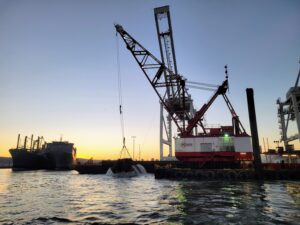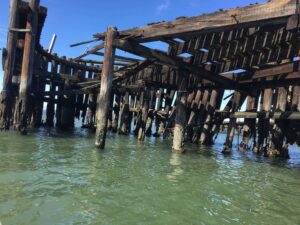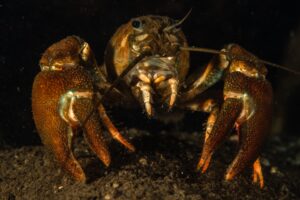Nurdles bobble but they don’t go down. Nurdles are industrial-grade plastic pellets that get melted to make all manner of plastic products, but in the process of packaging and transportation, the nurdles often escape and make their way through storm drains to the ocean. Nurdles may sound like they belong in a Dr. Seuss story, but they are far from benign when they enter the gullets of seabirds, turtles, and marine mammals. The plastic can cause intestinal blockage, leaving the animals to starve to death no matter what else they might eat.
In October, Governor Arnold Schwarzenegger signed AB 258, a bill designed to keep the plastic globules from entering the ocean by improving storage and cleanup at manufacturing facilities. The new measures go into effect January 2008, but will they be enough?
About 250 billion pounds of the plastic pellets are produced worldwide each year, according to Charles Moore, founder of the Algalita Marine Research Foundation. Moore has studied an enormous garbage patch in the eastern Pacific that is made up largely of floating plastic. His surveys have found that plastic outweighs zooplankton by six to one in this area, which is larger than the state of Texas, as nurdles and other plastic products become concentrated by the currents of the North Pacific Gyre.
Nurdles are not the only form of plastic that is a concern for the ocean and waterways. Both San Francisco and Oakland are phasing out most plastic grocery bags, many of which wind up in the ocean, causing serious problems for pelagic birds and other marine life, especially sea turtles that mistake the bags for jellyfish.
AB 258 is the first of four bills to be considered under the Pacific Protection Initiative. The fate of three other bills, which address lost and abandoned fishing gear, toxics in plastics, and the need for sustainable packaging, will be determined next year. For more about plastics in the ocean, go to Algalita Marine Research Foundation and Heal the Bay.




